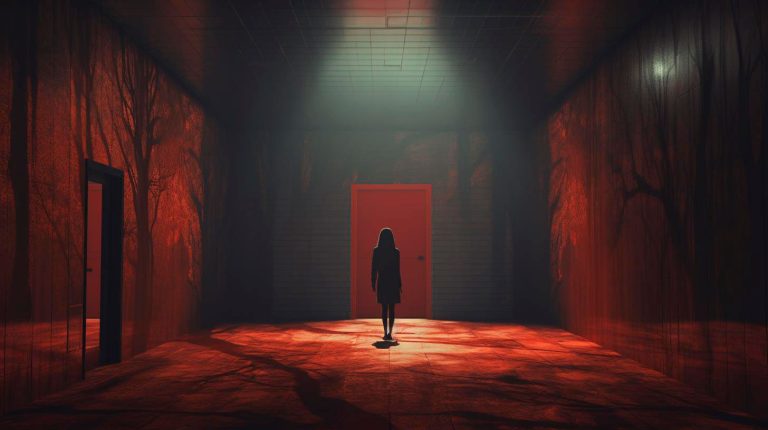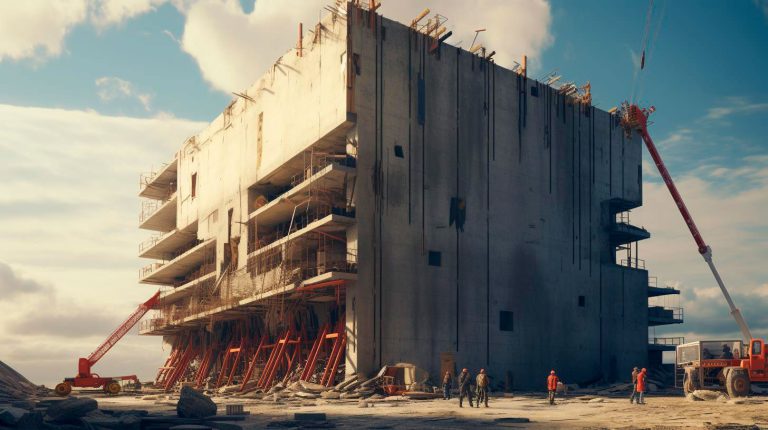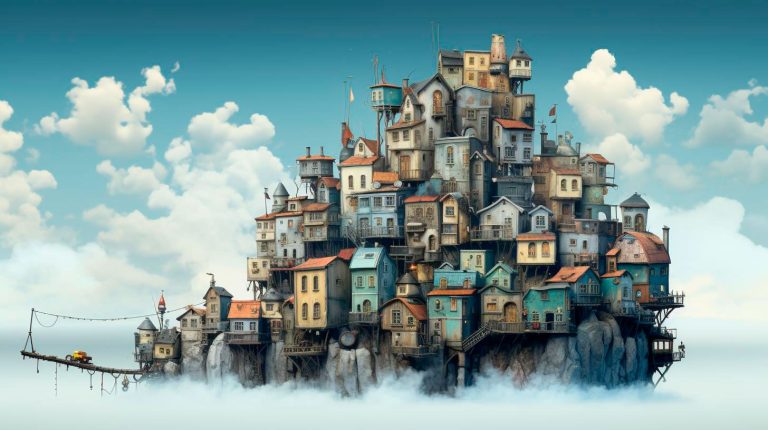Understanding the Basics of Flash Photography
Before we dive into the tips, let’s first understand the basics of flash photography. Flash photography involves using an artificial light source, commonly known as a flash or strobe, to illuminate the subject. This additional burst of light can help when shooting in low-light situations or when you need to fill in shadows.
Now that we have a basic understanding, let’s move on to the tips that will help you capture stunning flash photographs:
Understand Your Equipment
To master flash photography, it is essential to understand the equipment you are working with. Familiarize yourself with the settings on your camera and flash unit. Learn how to control the intensity of the flash, adjust the direction of the light, and modify the flash’s zoom settings. This knowledge will give you more creative control over your images.
Experiment with Flash Modes
Modern flash units come with various modes that cater to different shooting scenarios. Take the time to experiment with each mode, such as TTL (Through The Lens), manual, or high-speed sync. Understand when to use each mode to achieve the desired effect.
Master Flash Techniques
Understanding the technical aspects of flash photography is just the first step. To truly master this art, you need to practice various flash techniques. These include bouncing the flash off walls or ceilings, using diffusers to soften the light, or even creating multiple light sources with the help of wireless triggers. Each technique can produce unique results, so don’t be afraid to experiment and find your style.
Advantages of Flash Photography
Now that we have covered the important techniques, it’s time to discuss the advantages of flash photography:
- Increased Lighting Control: Flash photography allows you to have complete control over the lighting in your images. You can adjust the intensity, direction, and quality of light to suit your artistic vision.
- Ability to Freeze Motion: Flash photography is excellent for freezing fast-moving subjects, enabling you to capture sharp images even in low-light situations.
- Fill in Shadows: Flash can help you fill in harsh shadows that may be cast on your subject, providing a more balanced and pleasing image.
- Creative Lighting Effects: With flash photography, you can experiment with creative lighting effects, such as backlighting, rim lighting, or creating interesting shadows.
Key Takeaways
Now that you have a better understanding of flash photography, here are the key takeaways to remember:
- Understand and familiarize yourself with your camera and flash equipment.
- Experiment with different flash modes to achieve the desired effect.
- Master various flash techniques such as bouncing, diffusing, and multiple light sources.
- Benefit from increased lighting control, the ability to freeze motion, and fill in shadows.
- Tap into your creativity and explore the captivating world of flash photography.
With practice and persistence, you can master the art of flash photography. Remember, it is always crucial to develop your unique style and eye for capturing stunning images. So, grab your camera, experiment with flash, and let your creativity shine!


















+ There are no comments
Add yours